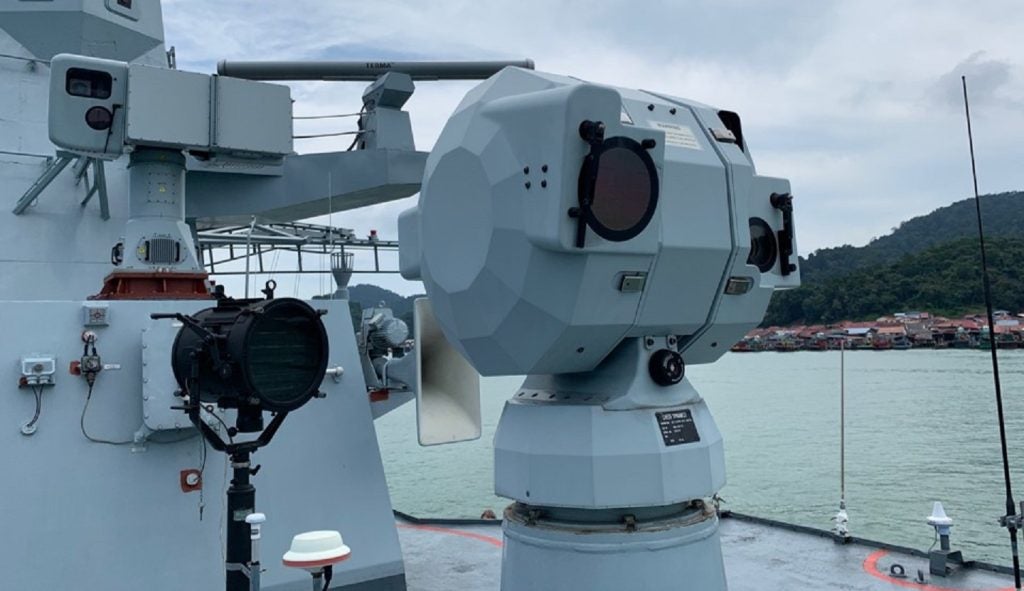Maritime subsystems ensure the safe, uninterrupted and efficient functioning of the major equipment on naval vessels and submarines. The subsystems and related maritime solutions are used in fire detection, power supply, propulsion, avionics, telecommunication and radar processing.
Finding top suppliers of maritime solutions and avionics subsystems
Naval Technology, using its intel, insights and decades-long experience in the sector, has listed suppliers of maritime solutions and avionics subsystems, microwave subsystems, thermal and acoustic insulation, high power capacitors, frequency converters, and antennas and subsystems.
The list includes suppliers of marine smoke detector solutions, battery systems, power solutions and sensors, lighting solutions, machined metal products, and transformers and inductors.
The information contained within the download document is designed for electrical power engineers, marine electricians and engineers, acoustic engineers, and marine operations managers.
The download also contains detailed information on the suppliers, their product lines and their contact details to aid your purchasing decision.
See Also:
Maritime solutions and subsystems for power supply and propulsion
Naval platforms use various power conversion technologies and subsystems to ensure uninterrupted operations.
The power conversion subsystems deployed on naval vessels and platforms include, but are not limited to:
- Uninterruptible power supplies (UPS)
- Batteries, including lithium-ion, propulsion and submarine batteries
- Battery chargers and dischargers
- Rectifiers
- Embedded power supplies
- Frequency converters
- Inverters
- Capacitors
- Power control centre panels
Avionics subsystems – a key part of military communication systems
Avionics subsystems provide mission-critical capabilities to naval forces. The subsystems include both hardware and software, such as system-on-modules (SoM), telemetry systems, tactical and training datalinks, microprocessors, and avionics communication boards.
Fire safety solutions for naval platforms
The presence of hazardous substances, such as high-density fuel, missiles and ammunition, make naval vessels and submarines prone to fire risk. Naval vessels need to be equipped with effective and efficient fire-fighting control measures for the quick detection and diffusing of fires to maintain combat effectiveness.
Naval platforms use various firefighting and fire suppression equipment, such as:
- Fire and gas detection systems, such as optical smoke, UV flame, thermal and marine smoke detectors.
- Fire detection and extinguishing control panels
- Fire and gas suppression systems
- Cold fire wetting agents
- Fire and thermal insulation systems
- Portable fire extinguishers






